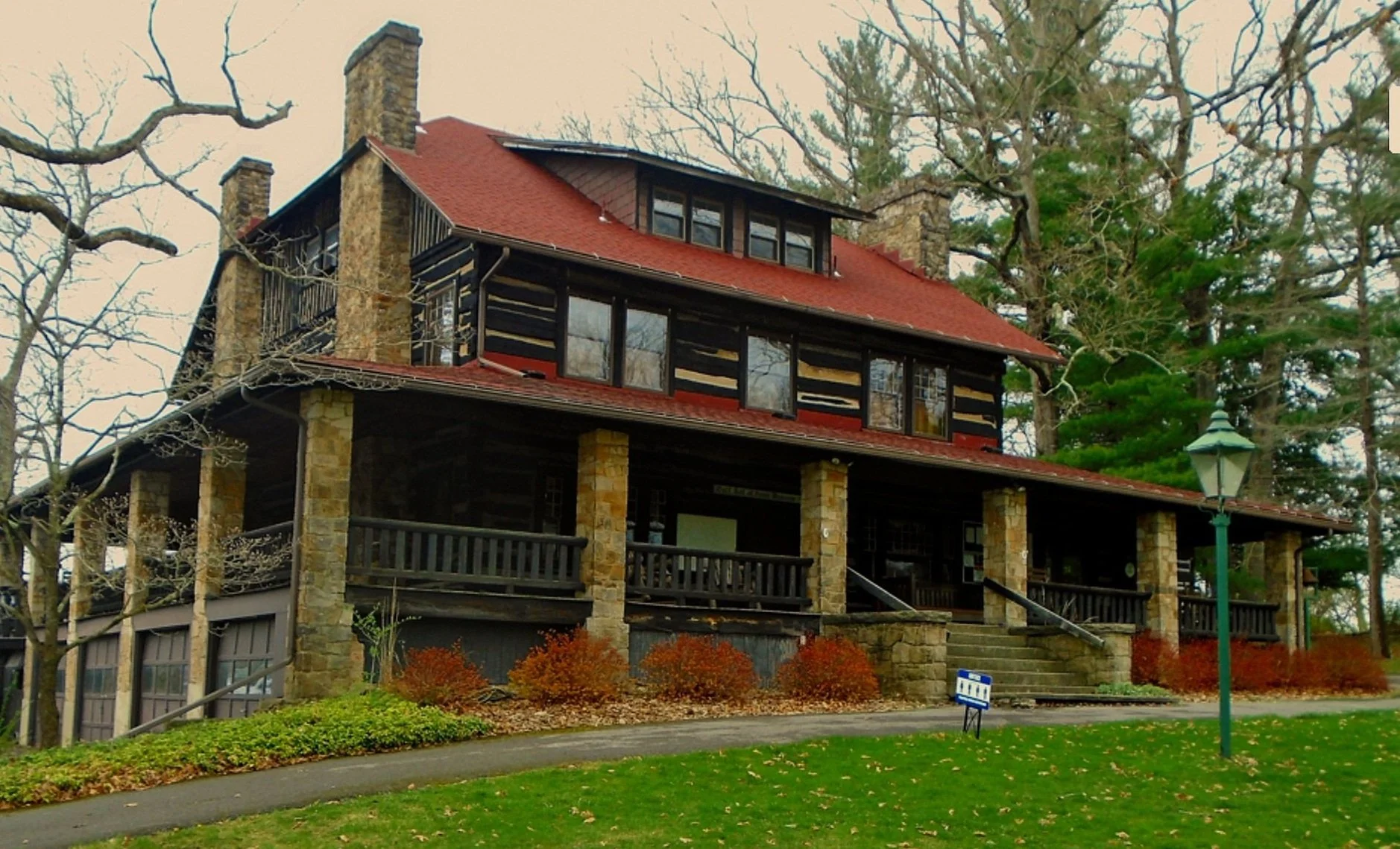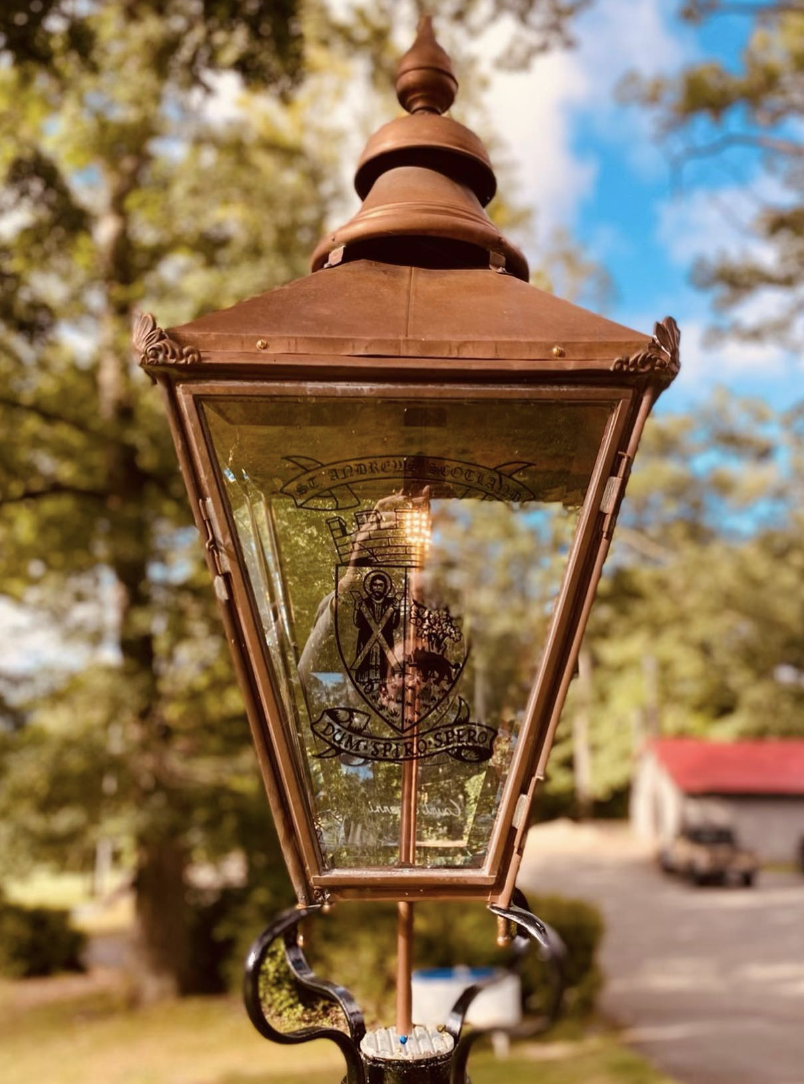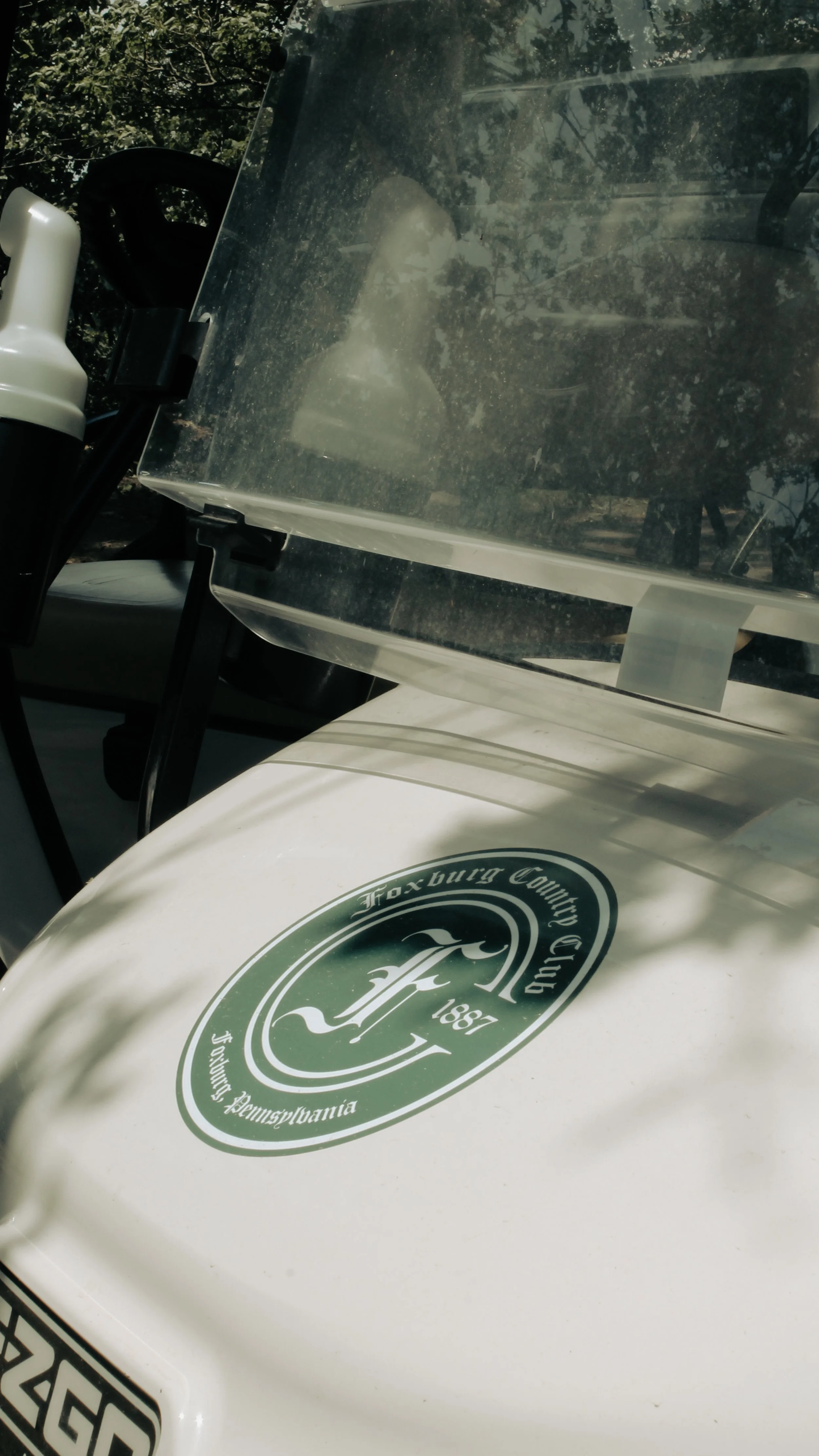Joseph Fox
Local legend has it that Fox tried to design the course in Foxburg after the Old Course at St. Andrews. The lay of the land prevented that duplication from happening, but the architecture has provided a unique challenge to those who play it. The course is short with narrow fairways and extremely small, undulating greens. Long hitters will always have an advantage in the game of golf, but at Foxburg that advantage is only realized if they hit straight and are able to read the greens.
Rich in history since 1887
Joseph Mickle Fox was a descendant of the land and oil-rich Fox family from Philadelphia. In 1874 Fox traveled to England with the All-American Cricket Team to participate in a series of cricket matches. One of the matches was scheduled in Edinburgh, Scotland. Following the match at Edinburgh he went to St. Andrews to see the game of golf being played at the home of golf.
While at St. Andrews, Fox was befriended by Old Tom Morris, a four-time champion of the British Open and golf pro at St. Andrews. Old Tom taught Fox the fundamentals of golf and sold him some golf clubs and gutta-percha balls to take back to America.
Back in Foxburg J.M. Fox laid out eight holes around his summer estates. He invited other local people to play the makeshift course, but it soon became apparent that the small layout could not accommodate everyone who wanted to play. In 1887, he provided land for a more spacious course consisting of five holes. The course opened on the ground which currently is now the Foxburg Country Club and golf has been played there ever since.
A gift from St. Andrew
Naturally, Fox became the first president of the club. The course was expanded to nine holes within a few years. Quart tomato cans were used as cups on the sand greens. Footprints were brushed out after putting with a long pole that had a burlap sack nailed to the end. The fairways were cut with a scythe by Mr. John Dunkle, who was paid an annual salary of $15.00.
A small clubhouse was built around the turn of the century in the grove of trees behind what at the time was the first hole. In 1941 the club purchased the summer home of the Grange family, which was constructed in 1912, to use as the clubhouse. The clubhouse has served the club since that purchase.
Golf at that time was considered to be a game only for the wealthy. The discovery of oil after the Civil War helped create a huge pocket of wealth for the area. Both the nearby city of Parker and the borough of St. Petersburg were flourishing. The town of Emlenton, three miles to the north, reputedly had more millionaires per capita than anywhere in the world. When Fox brought the game to Foxburg it was able to take root. The game spread throughout Pennsylvania and the U.S. and has become one of our country's most popular pastimes, a game that can now be enjoyed by everyone.



